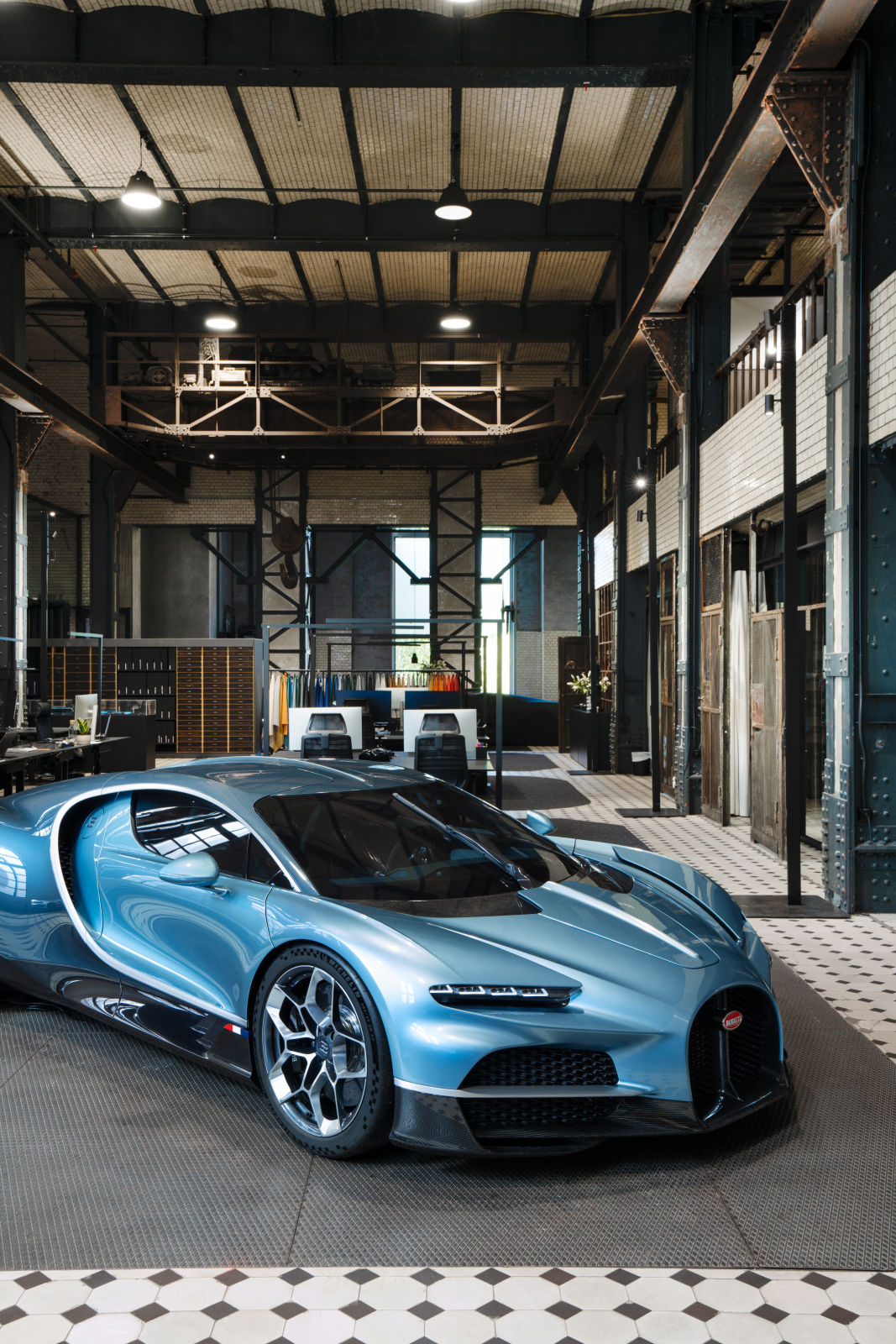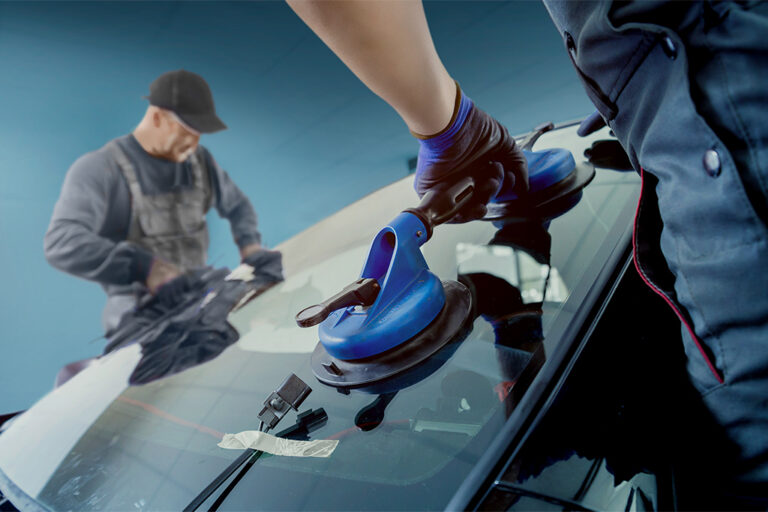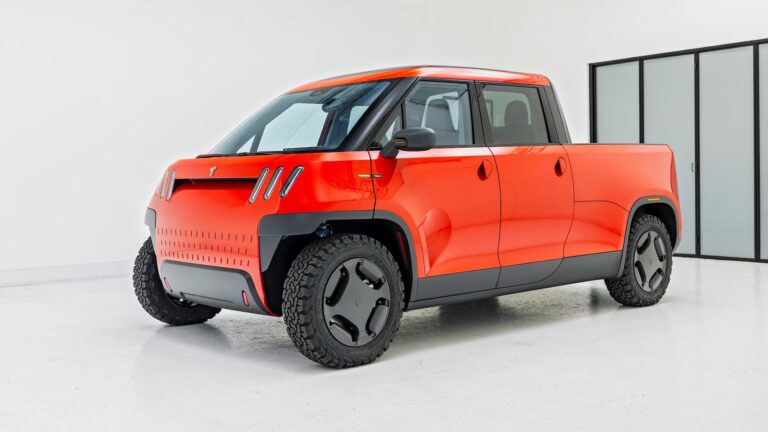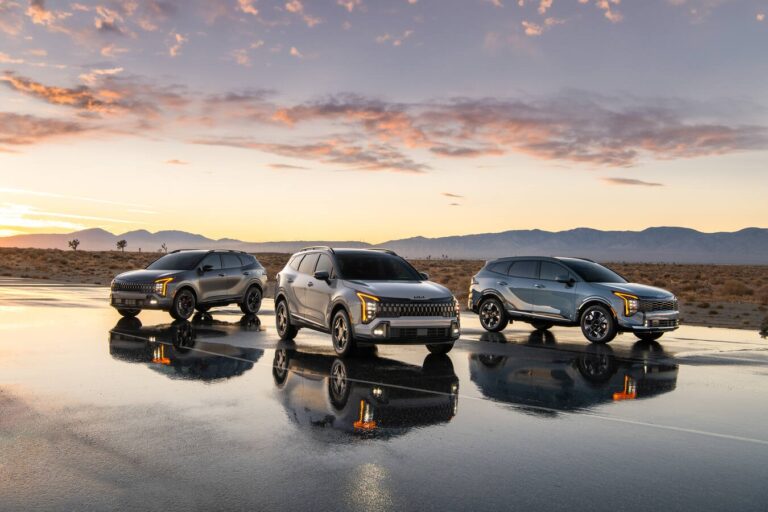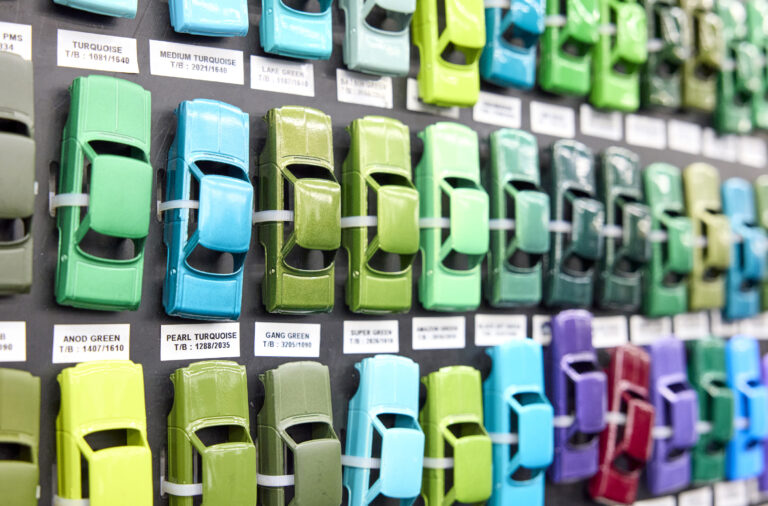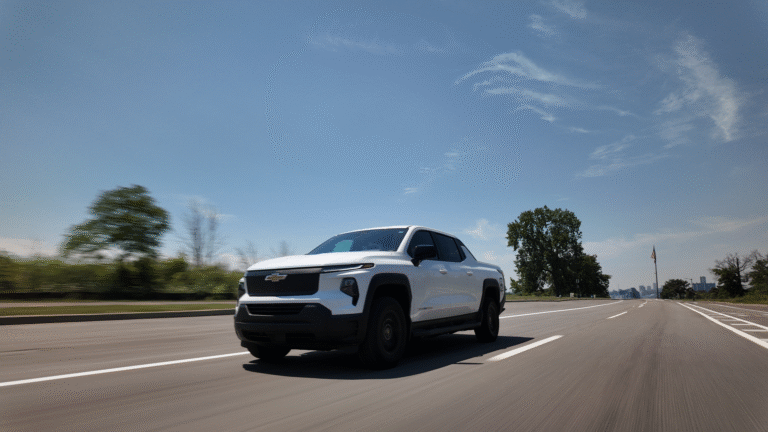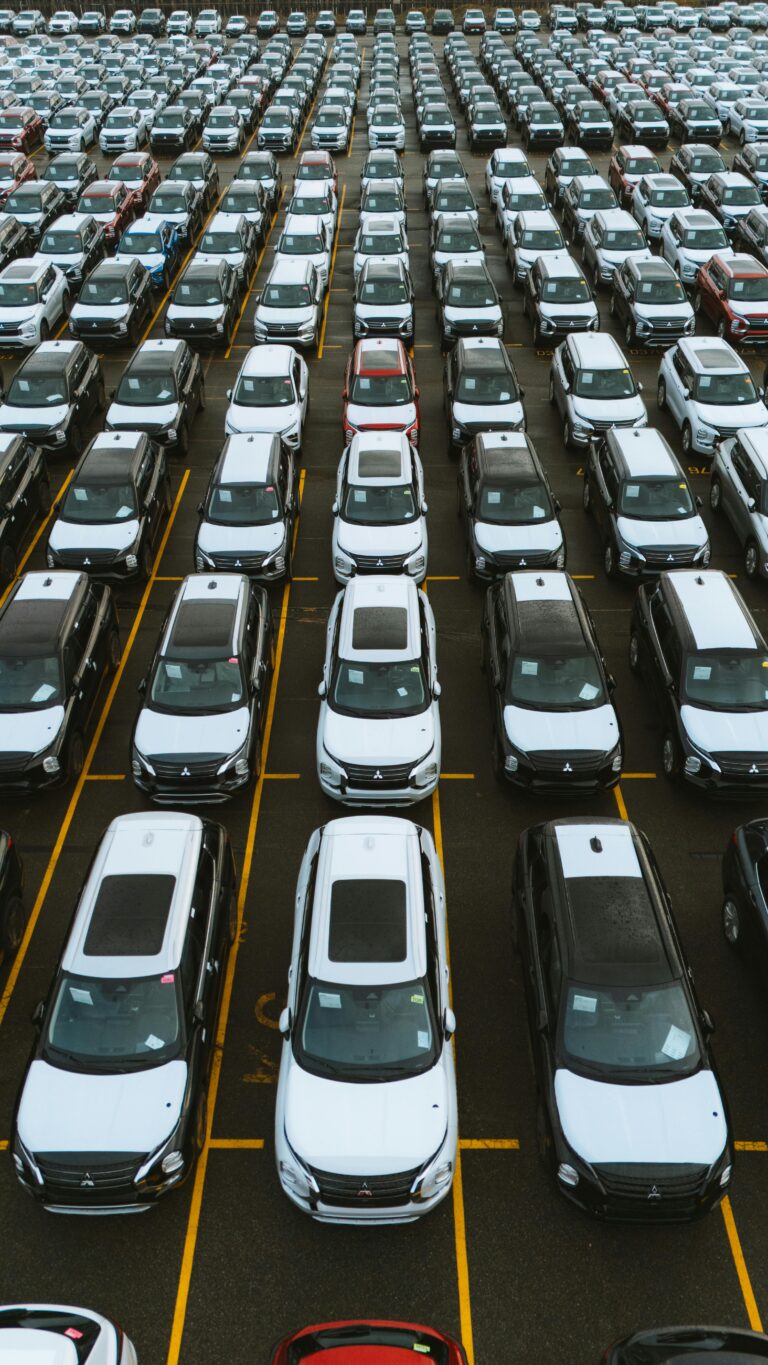Bugatti’s Berlin Breakthrough: Inside the World’s Most Beautiful Car Design Studio
What happens when a century-old German power station meets the world’s most extravagant automaker? You get the new Bugatti Design Studio in Berlin—a place that feels part Bond villain lair, part luxury fashion atelier, and entirely worthy of crafting million-dollar hypercars for the 1%. But this isn’t just a pretty backdrop for mood boards and espresso machines. It’s the crucible where the next chapter of Bugatti design is being forged—starting with the all-new Tourbillon.

Why Berlin?
You might be wondering: “Why Berlin?” It’s a fair question. After all, Bugatti’s soul has always belonged to Molsheim, a sleepy village in Alsace better known for cobblestones and châteaux than clubs and CAD renderings. But Berlin? This is a city where techno meets Bauhaus, and where creatives arrive like moths to a neon flame. It’s anarchic, industrious, and—most importantly—alive.
The studio is nestled in a 1,100 square-meter former power station, a hulking industrial relic from the 1920s that once electrified Berlin’s metro system and later pulsed to the beat of rave culture in the ‘90s. Now it hums with another kind of power—design talent from 22 different countries, all speaking the universal language of horsepower and heritage.

What Makes This Studio So Special?
The short answer? Everything.
From the preserved cast-iron staircases and century-old ceramic tiles to the head-tracked VR stations that can project a Bugatti design in millimetric detail, the space is as much a time machine as it is a design lab. Gone are the lumps of clay and hand-carved prototypes—replaced by immersive virtual reality environments where concept cars float in digital air, open to microscopic inspection.
There’s still a reverence for the tactile: swatches of exotic leathers, carbon weaves, hand-drawn sketches and scale models line the tables like a haute couture atelier. But make no mistake—this is a studio built for the future. Not just to imagine it, but to render it with exquisite precision.

What’s It Like for the Customers?
Bugatti customers—who tend to be less “buyers” and more “patrons of moving sculpture”—are now invited to co-create their machines in this cinematic space. Want your initials laser-etched into the dashboard, or a paint hue inspired by the sea off Portofino? Not a problem. You’ll sit down with the artisans, explore your commission in full-scale 3D, and walk away knowing your seven-figure machine is being crafted just for you.
And if the spirit moves you, the floor space opens up to host an event—perhaps a champagne toast to your new hypercar, or a low-lit soirée celebrating the most recent design triumph. Every lighting fixture, easel, and modular workstation in the studio is on rails, quite literally. It’s not just a workspace—it’s a movable feast of automotive expression.

Is This Really a Game-Changer?
In a world where automotive design is increasingly homogenized by wind tunnels and safety regs, Bugatti is making a statement. It’s not just investing in faster cars. It’s investing in beauty, storytelling, and the human hand behind every curve and crease.
This is a rejection of the idea that software alone can shape soul. It’s a reminder that the greatest cars—like great art—are born from friction, dialogue, and the inspired chaos of a shared space. Even the floor tiles here have history.

And What’s This Tourbillon Thing?
Bugatti has yet to spill the full specs, but the Tourbillon is the brand’s next act—its successor to the Chiron. And if this new design HQ is any indication, expect it to be as dramatic as its name suggests. (A horological reference, by the way. Of course it is.)
We know it’ll be a hyper sports car. We know it will pull from Bugatti’s heritage in a way that flatters the past without getting stuck in it. And we know that, as of now, it’s still awaiting type approval under directive 1999/94/EC. Which, frankly, makes us want it more.

Final Verdict?
Bugatti’s Berlin studio isn’t just a new office. It’s a declaration. That design matters. That history can live comfortably beside innovation. And that if you’re going to build cars for the gods, you’d better start in a cathedral.
📢 Enjoyed this article? Stay in the driver’s seat with more automotive insights! Follow @NikJMiles and @TestMiles on social media for the latest news, reviews, and behind-the-scenes exclusives. Don’t miss out—join the conversation today!

